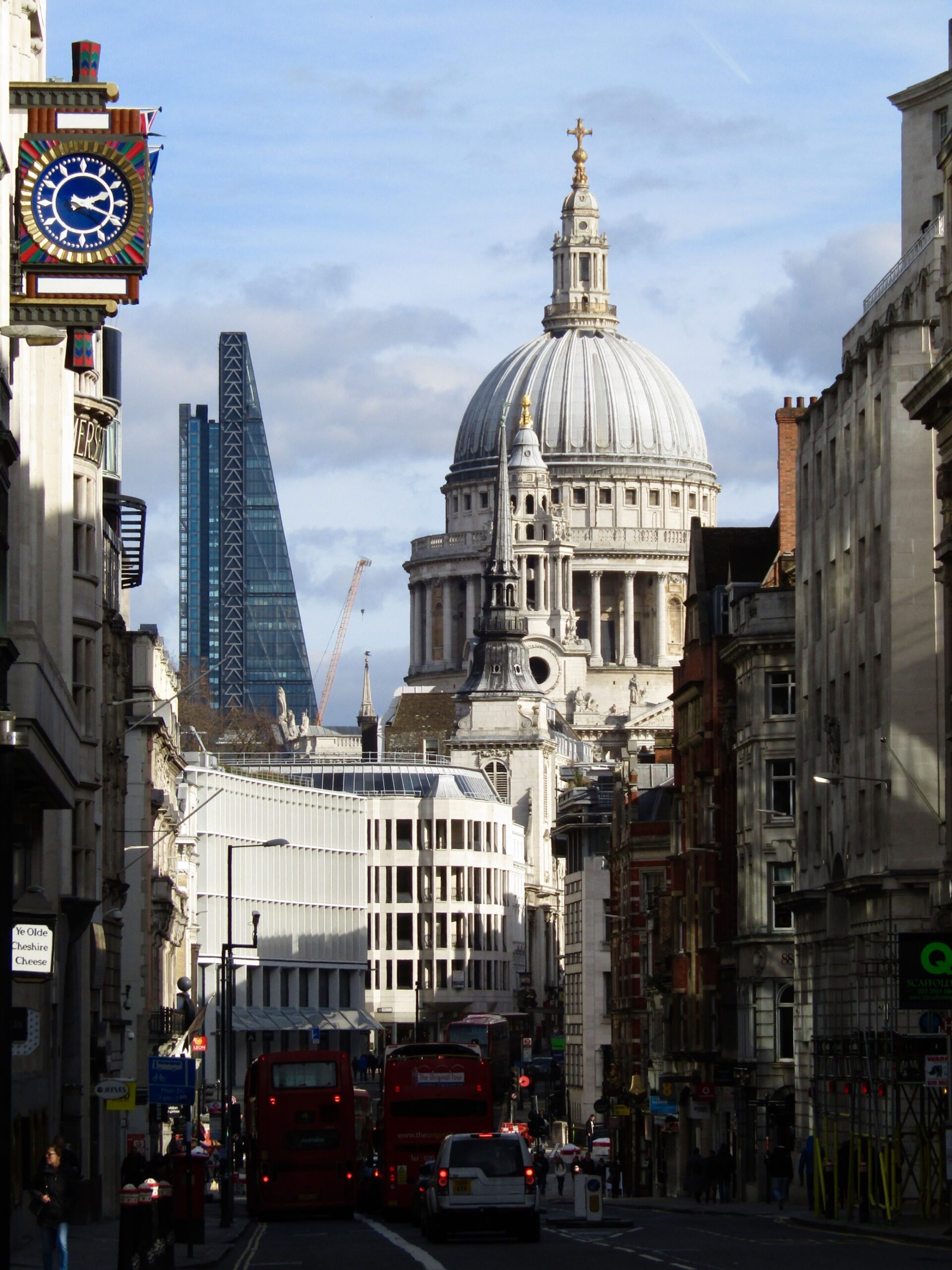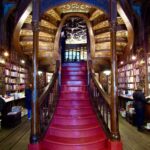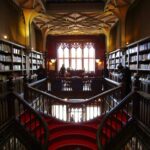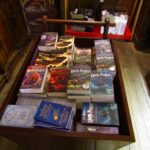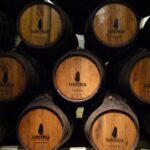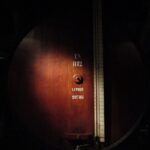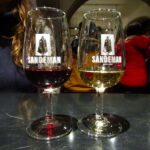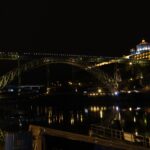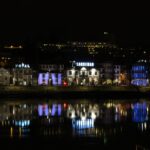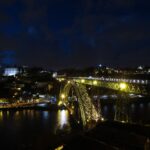We started our last day in London before the city itself had really woken up. Arriving at Camden High Street before 9 a.m., the alternative neighborhood had just started to stir on the hazy Sunday morning. The vendors at the Camden Market and neighboring shops were slowly setting up their booths for the rush of tourists that would be arriving shortly.
The hour of peace was refreshing after the Saturday crowds on South Bank. We wandered into Camden Locks Market where local craft vendors and food stalls were getting ready for the day. A small local coffee shop was the only thing open, so we stopped in for coffee and listened as the barista relayed his house-moving story multiple times to his regular customers.
We escaped just as the people started to pour in and boarded a bus toward Hyde Park. London is filled with open-roof double decker tour buses that let you hop on and off all day for €40-50. But for just a couple quid*, you can ride the city buses which will take you on a similar route. From the front seat of the second deck, it’s just as good an experience.
We exited at Paddington Station, mostly to snap a photo of the tube sign. A kind station employee let Viktoria past the gate to get the shot, which was a blessing in disguise as the architecture of the station has an old-London charm. Paddington was the first underground station, built in 1863. The brick archways on the platform beckon another era, even as the modern trains speed through.
A short walk from the station we found the northeast entrance to Kensington Gardens. The former hunting grounds of Henry VIII are now a large public park. Two man-made ponds—the Serpentine and The Long Water—separate it from the popular Hyde Park. We sat where the two ponds connect and watched as locals and tourists hustled by.
The south exit led through the sports fields, filled with weekend soccer games, horse riding and even quidditch practice! The once-fictional game featured in the Harry Potter books is now an internationally-recognized sport with a commissioner, rule book and official tournaments.
We cut through the quiet residential Rutledge Gate neighborhood with its prim and proper homes on our way to Knightsbridge, home of the world-famous Harrod’s department store. But shopping was low on the agenda and we set out for a place to eat our picnic lunch instead.
The area has several small neighborhoods and each neighborhood has beautiful gardens and parks. Unfortunately, every single one of them was locked, access restricted to residents only. After the fourth locked garden, we found ourselves back at Hyde Park and a cozy park bench facing the sun.
After lunch, we took the double-decker to Fleet Steet, one of London’s oldest thoroughfares dating back to the third century. It was right up our alley as it has both a long history as a home to the newspaper industry (London’s first daily started on Fleet Street in 1702) and as the site of some of London’s longest-running pubs.
The pubs in London have some really wonderful names… Olde Cock Tavern, Monkey Puzzle, The Walrus and the Carpenter. We chose Ye Olde Cheshire Cheese—established in 1538 and rebuilt in 1667 after the Great Fire in 1666—for a couple pints. The ground floor has no windows, giving the pub a gloomy feel. It continues underground into what used to be the stone cellars of a 13th century monastery. Dickens and Twain were among the pubs most famous regulars.
Nearby, St. Paul’s Cathedral offers an opportunity to repent for any sins that may have occurred in the pubs. Another victim of the Great Fire, the current church was built between 1675-1720. As we visited on a Sunday, a service was in session. Visitors are invited to sit quietly in the back of the massive nave. The voices of the choir echoed with deep and full resonance under the domed cathedral.
After a brief rest, we made one last trip into the city for a little theater. Austentacious is a comedy improv wherein the audience submits suggestions for the title of a fictional novel on slips of paper before the show. The cast draws a few at random, making up stories about failed Jane Austen novels with the titles, before selecting the evening’s subject. The entire show is improvised in the style of Austen.
We suggested “Proud and Prejudiced: The Donald Trump Story.” While ours wasn’t selected, we weren’t the only ones who thought the current presidential candidate might make a good topic. The winning slip was titled “Why America Needs Donald Trump.” Hilarity ensued.
*Earlier in the day, we began to notice that bus fare hadn’t been deducted from our transit cards. After some research, we figured we’d blown through our balance and would be charged when we turned our cards in, but we actually received a refund! I don’t know why our bus fare was free all day, but it made getting around town both awesome and exceptionally affordable! Ideas? Leave a comment below!









More Photo of the Day posts from our January-March 2016 trip to Europe

